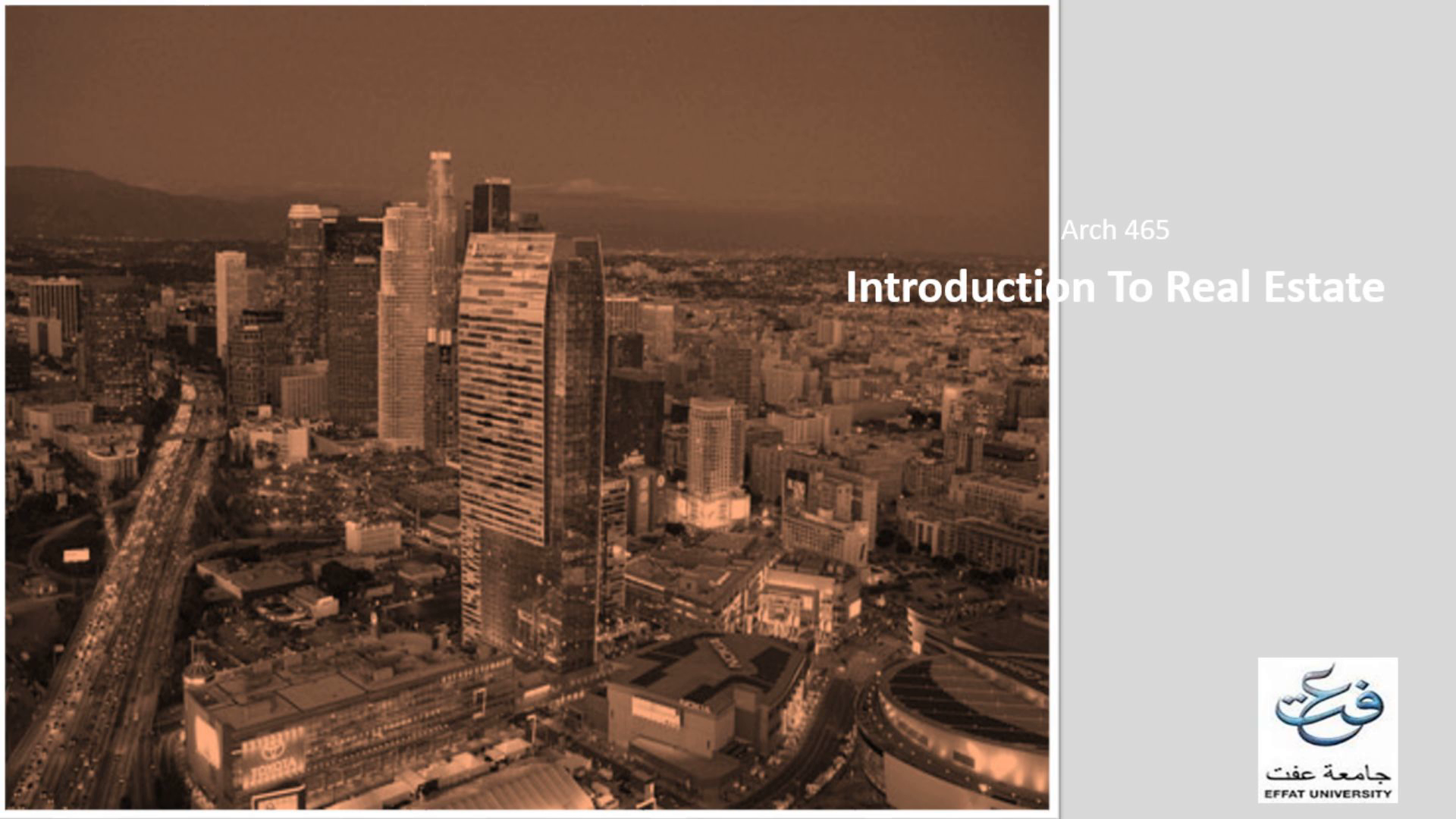
THE LOCATION OF INDUSTRY
Scene 1 (0s)
Arch 465 Introduction To Real Estate. 5/11/2024. 1.
Scene 2 (13s)
Hotelling 1929: Locational Interdependence. This is the impact of demand upon location The interaction of entrepreneurial decisions He used two ice cream sellers on a beach as an example.
Scene 3 (26s)
As with all models it made certain Assumptions. Evenly distributed population Market served by two competing entrepreneurs, with equal production costs and capable of supplying the entire market, producing two identical products. Infinitely Elastic demand Costs of production are the same everywhere Entrepreneurs capable of relocating without cost.
Scene 4 (42s)
Hotelling believed that for a time each seller would want to out do each other by cutting prices or changing position on the beach. After failing to oust each other, (Since they are equally able to compete) they would agree to compromise by agreeing to sell at the same price at different locations therefore each would have a 50% share of the market. They would position themselves at the centre of the two market areas..
Scene 5 (1m 4s)
If another seller entered the market a similar process would take place. ISSUES: The initial assumptions were seen as unrealistic and very rare in business. Nevertheless it did look at the principle of decision making based on competing organisations..
Scene 6 (1m 18s)
3. Losch’s Profit maximisation Theory. deblij_ch12_fig07.
Scene 7 (1m 36s)
Assumptions. The area under consideration should be an extensive homogenous plane where raw materials are distributed evenly. The ‘transport cost’ is uniform and directly proportional in all the directions. The people inhabiting the region have a general homogeneity either in taste, knowledge and technical skill. There is no economic discriminations among the people. The economic and career building opportunities are open and uniform to all individuals. The population distribution is very even and the area is self-sufficient in agricultural production..
Scene 8 (1m 59s)
Limitations. This theory is essentially a simplified model or theorizing of an ideal condition. In reality, only in a rare occasion, these events may occur. 2. The assumed conditions of homogeneous plain region, equal distribution of raw materials and uniform transport rates never occur in the real world. Therefore, Losch’s theory, as said by some critics, is nothing but only intellectual exercise. 3. Losch even assumed the cultural homogeneity and uniform taste of the people within the region. 4. He ignored the variation of technological development of different regions. The difference of technical know-how may offset the theoretical model. 5. Political decisions play an important role in the industrial location. Losch ignored it. 6. The variation of the cost of raw materials and labour wage rates were not given proper weightage in the theory..
Scene 9 (2m 36s)
Conclusion. Location theory is the basis urban design Weber, Hotelling and Losch provide good models that can still be used today relaxing some assumptions e.g terrain and economic behaviour In general large manufacture businesses can be either raw material oriented or market oriented Market oriented industries will pay higher rents as they get closer to the CBD.
Scene 10 (2m 53s)
However the following must be considered Mass production Plant size Increases in capital Trade agreements Imperfect competition and monopoly Multi faceted corporations etc Technological advancements.
Scene 11 (3m 4s)
Further reading. Blair, J.P. and Premus, R. (1987). Major Factors in Industrial Location: a review. Economic Development Quarterly, 1(1). SAGE Social Science Collection. Meesrijan, S. and Fongsuwan, W. (2015). Structural Equation Model of Factors Affecting Thailand's Commercial Bank Branch Expansion. Research Journal of Business Management 9 (2): 319-334. Tim Mazzarol, Stephen Choo, (2003). A study of the factors influencing the operating location decisions of small firms. Property Management, 21(2) pp. 190-208 . MacCarthy, B.L. and Atthirawong, W. (2003). Factors affecting location decisions in international operations – a Delphi study. International Journal of Operations & Production Management, 23(7), pp. 794 - 818.
Scene 12 (3m 36s)
Thank you.